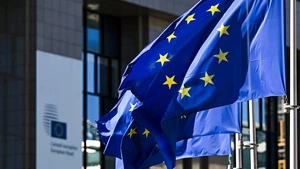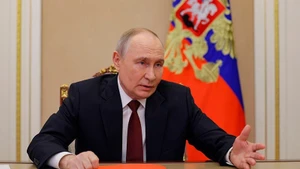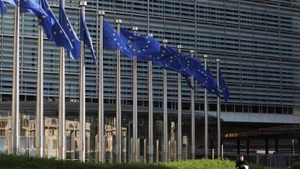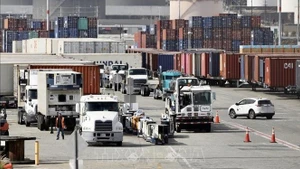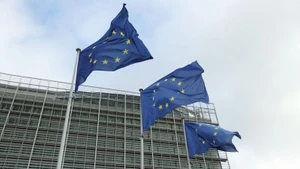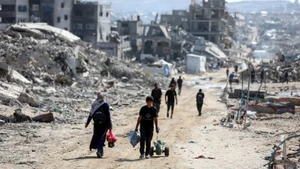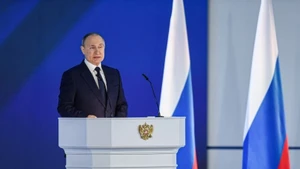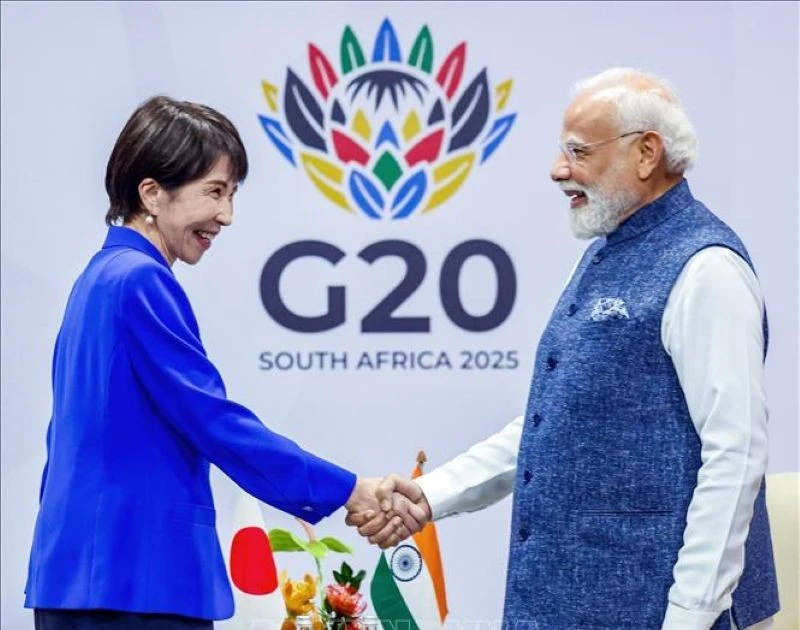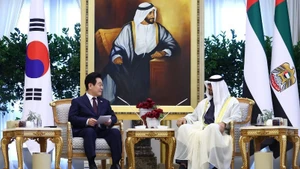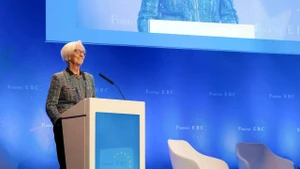Against the backdrop of mounting global complexities and looming challenges for Latin America and the Caribbean, the summit underscored unity and cooperation as the keys to sustainable regional development.
The joint declaration reaffirmed Mercosur’s founding purpose—established in 1991 by Argentina, Brazil, Paraguay, and Uruguay—to become a more competitive economic bloc, attracting investment and driving economic growth for its members. Leaders also reiterated the bloc’s commitment to maintaining a peaceful region free from weapons of mass destruction, identifying this as a prerequisite for sustainable integration.
The summit yielded several notable outcomes. Chief among them was the conclusion of negotiations on a trade agreement between Mercosur and the European Free Trade Association (EFTA)—comprising Iceland, Liechtenstein, Norway, and Switzerland—after 14 rounds of talks. In 2023, Mercosur’s exports to EFTA reached 3.37 billion USD, while EFTA exported 3.82 billion USD to Mercosur.
This is considered an important step forward in the effort to diversify trade links outside the bloc. Although EFTA is not a primary market compared to the United States, EU, or China, the deal is seen as a politically and diplomatically significant step, raising Mercosur’s profile and paving the way for a long-awaited Free Trade Agreement (FTA) with the EU.
Signs are also emerging of progress on the Mercosur-EU FTA. Brazilian Foreign Minister Mauro Vieira expressed optimism that a deal could be signed in the second half of 2025 when Brazil assumes the rotating presidency of the bloc.
The two sides concluded negotiations in December 2024, closing a 25-year chapter of complex talks. European Commission President Ursula von der Leyen hailed the deal as a “truly historic milestone,” envisioning a market of 800 million people with over 90% of tariffs on EU exports to South America eliminated. However, internal EU concerns, particularly from France over agricultural standards, remain.
Latin America and the Caribbean continue to attract international investors thanks to rich mineral resources and a large labour force. Major powers including Russia, Iran, China, and EU countries are actively competing for influence in the region through cooperation agreements, aid programmes, and foreign direct investment (FDI), breathing new life into the regional economy. As part of this strategic pivot, Mercosur is also seeking stronger ties with dynamic Asian economies.
Brazilian President Lula da Silva recently confirmed that, under Brazil’s upcoming Mercosur presidency, the bloc will push for deeper trade relations with partners such as Japan, China, the Republic of Korea, India, and Indonesia.
While the World Bank forecasts modest economic growth of 2.1% for Latin America and the Caribbean in 2025—citing high debt levels and rising global instability—Mercosur and its member states remain determined to seize opportunities, embrace new partnerships, and advance through adversity.

